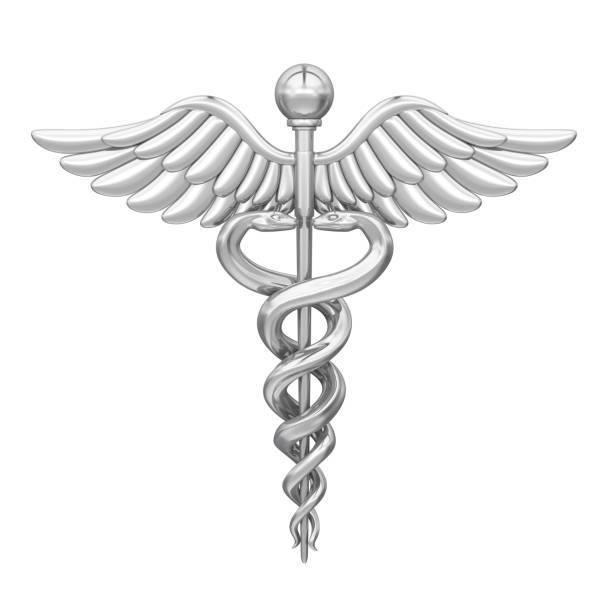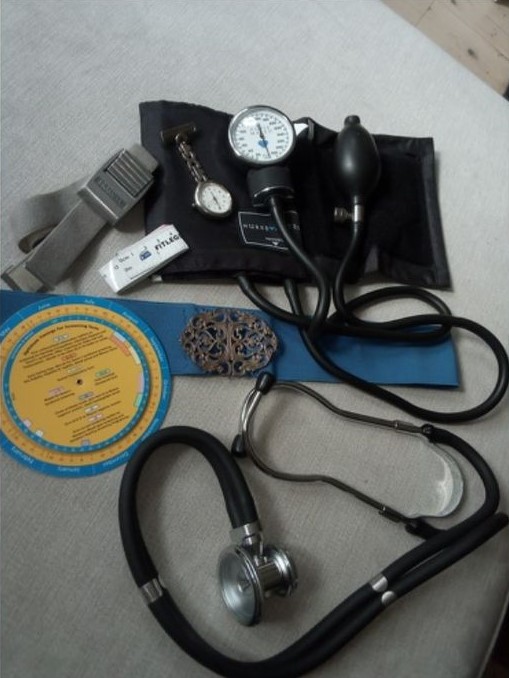Why Medical Information is so Important

A few people in the past have asked why I ask for medical information before I provide a treatment. Certainly when i have gone for a massage in various places, I have rarely been asked for such information. I want to explain why this is so important, and why if you don't choose me for your treatment, you should make sure that whoever you decide to use checks this information.
When I commenced my journey into the field of massage therapy in 1997, with my first massage diploma, the biggest thing to remember was the list of contraindications that were included in the training. This contraindications list included things like the first three months of pregnancy, cancer, infectious conditions, skin disorders, inflammation, epilepsy and scar tissue. It also stated that doctor's permission should be sought for clients with a medical condition.
Unfortunately, the basic information given has not changed in the last 23 years, despite the fact that the client demographics and their reasons for having a massage treatment have changed dramatically, with more and more clients seeking to combine complementary and conventional healthcare. What used to be a luxurious pampering treatment is often now a complementary medical treatment for chronic medical conditions. This shift in the reasons behind massage treatments has perhaps stemmed from the discovery that they relieve pain in terminally ill patients, something which was seen as a contraindication. The massage profession is now proving its effectiveness through conventional research methodology, leading the scientific community to acknowledge that we are complementary to the medical profession.
For this reason, it is essential that a massage therapist in today’s society has a good understanding of common medical conditions, the systems of the body that are affected, the underlying causes, signs and symptoms, side effects of medications, and indications/contraindications for massage, in order to devise safe treatment plans for their clients. It is also necessary so that the therapist is confident in treating clients with medical issues, is aware of the risks and knows when to refuse treatment or refer to another professional, to ensure the best outcome for the client.
However, while massage training teaches some anatomy and contraindications, it is very basic, and with many therapists not being registered with a regulatory body, this means that they can make decisions which are not within their competencies, putting the clients health at risk, and should a complaint be raised, the client has no support. All therapists must be accountable for their practice in the same way as I was in my career as a nurse or midwife, and should also be keeping up to date with research. I have worked with, and heard from clients, that there are too many therapists out there doing inappropriate treatments on clients and who are unable to explain a clients problem to them, because they don’t have the knowledge or experience to do so.
CASE STUDY
Mrs X came for a treatment to help with lower back pain. Consultation revealed that she was a hypertensive on doxazosin, with mild COPD, IBS and also was on warfarin.
1)The high blood pressure was being controlled with medication. Doxazosin, can cause vertigo and dizziness, so Mrs X would need to sit up slowly after treatment. Also high blood pressure is on the contraindication list due to improved circulation being an effect of massage, yet research has shown that massage is beneficial to hypertensives because of the effect on the nervous system, causing vasodilation of blood vessels which reduces the intraarterial pressure. However, the therapist also needs to check for a history of stroke/heart disease because if these are present then the hypertension becomes a true contraindication, due to the increased risk of causing one of these issues, and putting the client at risk. A therapist who has done a basic massage diploma will not know this.
2)COPD, even mild, is a chronic respiratory condition which may result in tight intercostal muscles, potentially causing difficulty in lying prone for too long, so alternative positioning may need to be considered. Working on the intercostal muscles can improve breathing, but these muscles generally are not included in a standard massage treatment, and are not taught in a basic diploma.
3)Deep abdominal work may need to be avoided due to the IBS, or may be very beneficial, depending on the symptoms being experienced at the time of treatment. Understanding of the anatomy and of the condition itself, therefore is very important. A Swedish massage may be more appropriate. Many therapists do not have sufficient understanding of this condition to understand when to adapt the techniques.
4)Warfarin is an anticoagulant and clients on this medication should be attending a warfarin clinic to be monitored. The therapist must ascertain whether Mrs X is controlled. If she is not then treatment is contraindicated, as it could potentially cause a bleed which could lead to a stroke. Also those on warfarin are prone to excessive bruising so even a moderately deep massage would not be suitable. If, however, Mrs X is controlled, then the therapist should be liaising with her GP prior to treatment. Most massage therapists with basic training would not know to ask for this information.
This is why it is important to see a therapist who is highly qualified and experienced, and who understands the anatomy and physiology.
LIAISON WITH CLIENTS DOCTOR

In clients with a complex medical history, involving certain medications, it is professionally courteous and responsible to inform the doctor of the treatment, and it indicates that the therapist is aware of the potential impact on the client, and that, in addition to being able to adapt techniques to work competently, there is some recognition that our knowledge is limited, even when we are medically qualified. Also in terms of registration and insurance, which any reputable therapist should have, this multi disciplinary liaison demonstrates clinical, ethical and legal responsibility for the effects of treatment on a client. Insurance companies require a full medical history is taken, including treatments and medications, and in some cases a doctor's consent . Correspondence with the multi disciplinary team may also serve to ask for specific advice, maybe when muscular aches haven’t improved after a few massage sessions, and you are unsure whether a medication may be the reason why.
Every individual client is different, and should be treated as such, but this will only happen if the therapist has the knowledge, experience, and clinical and ethical judgement required to fully understand their medical history.
I also had someone ask me about a treatment so I sent them the medical information sheet and asked them to let me know if any of the conditions were applicable. They replied detailing various issues that were relevant, most of which were not going to interfere with the massage, and in fact would be helped by the massage therapy. However this person also had 2 conditions which meant that had I gone ahead with a stimulating deep tissue massage unaware I could have 1) caused bone fractures and 2) dislodged a clot or caused a bleed which could have had serious consequences, such as a stroke. If not specifically asked, people will often not think to mention such issues so this is why seeking an experienced and competent therapist is important.
These are the reasons why it is so important to do your research on your massage therapist, because I've seen too many clients treated inappropriately because the therapist wasn't registered and wasn't qualified to deal with certain issues. As I say to my clients, you wouldn't go into hospital for a surgical procedure and expect it to be carried out by an unregistered doctor, so why take a risk with your health when you go for a massage?
(I am a fully registered and insured practitioner, with dual medical qualification and various massage qualifications. BSC Nursing, BSc Midwifery, IHBC Dip.,IIST, IIHHT, Active IQ Dip., CMA, IPHM, IICT, CThA, MASCED Acc., C-IASTM, SAC Dip. Ar.(L3), SAC Dip IHM (L4),Dip.MLD, Dip. Onc.,NICABM)
